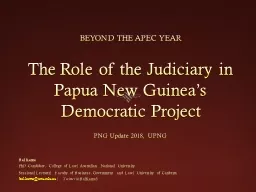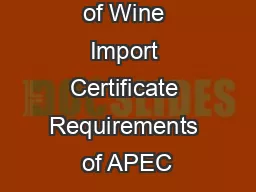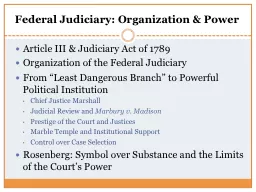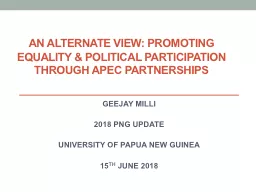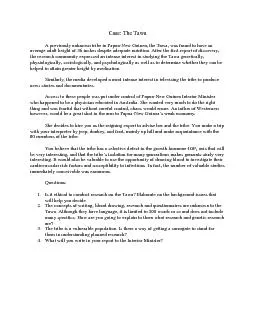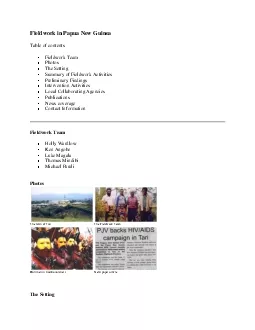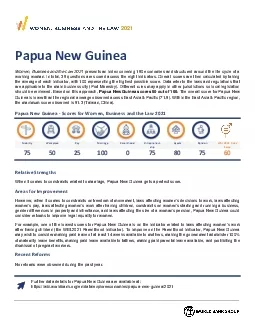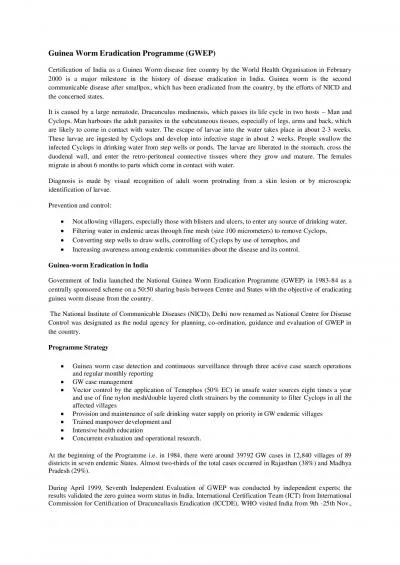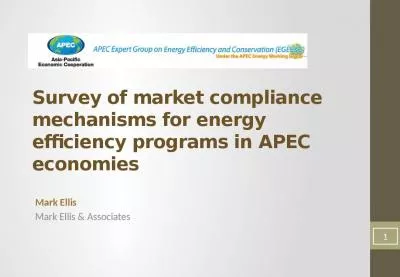PPT-BEYOND THE APEC YEAR The Role of the Judiciary in Papua New Guinea’s Democratic Project
Author : danika-pritchard | Published Date : 2018-10-30
PNG Update 2018 UPNG Bal Kama PhD Candidate College of Law Australian National University Sessional Lecturer Faculty of Business Government and Law University of
Presentation Embed Code
Download Presentation
Download Presentation The PPT/PDF document "BEYOND THE APEC YEAR The Role of the Jud..." is the property of its rightful owner. Permission is granted to download and print the materials on this website for personal, non-commercial use only, and to display it on your personal computer provided you do not modify the materials and that you retain all copyright notices contained in the materials. By downloading content from our website, you accept the terms of this agreement.
BEYOND THE APEC YEAR The Role of the Judiciary in Papua New Guinea’s Democratic Project: Transcript
Download Rules Of Document
"BEYOND THE APEC YEAR The Role of the Judiciary in Papua New Guinea’s Democratic Project"The content belongs to its owner. You may download and print it for personal use, without modification, and keep all copyright notices. By downloading, you agree to these terms.
Related Documents

